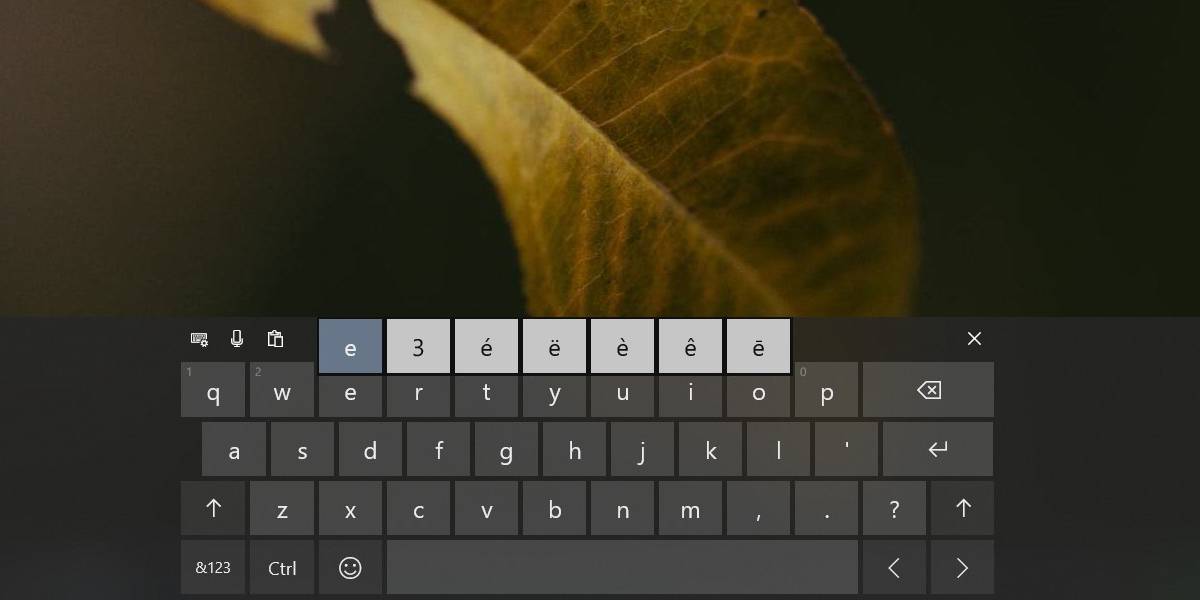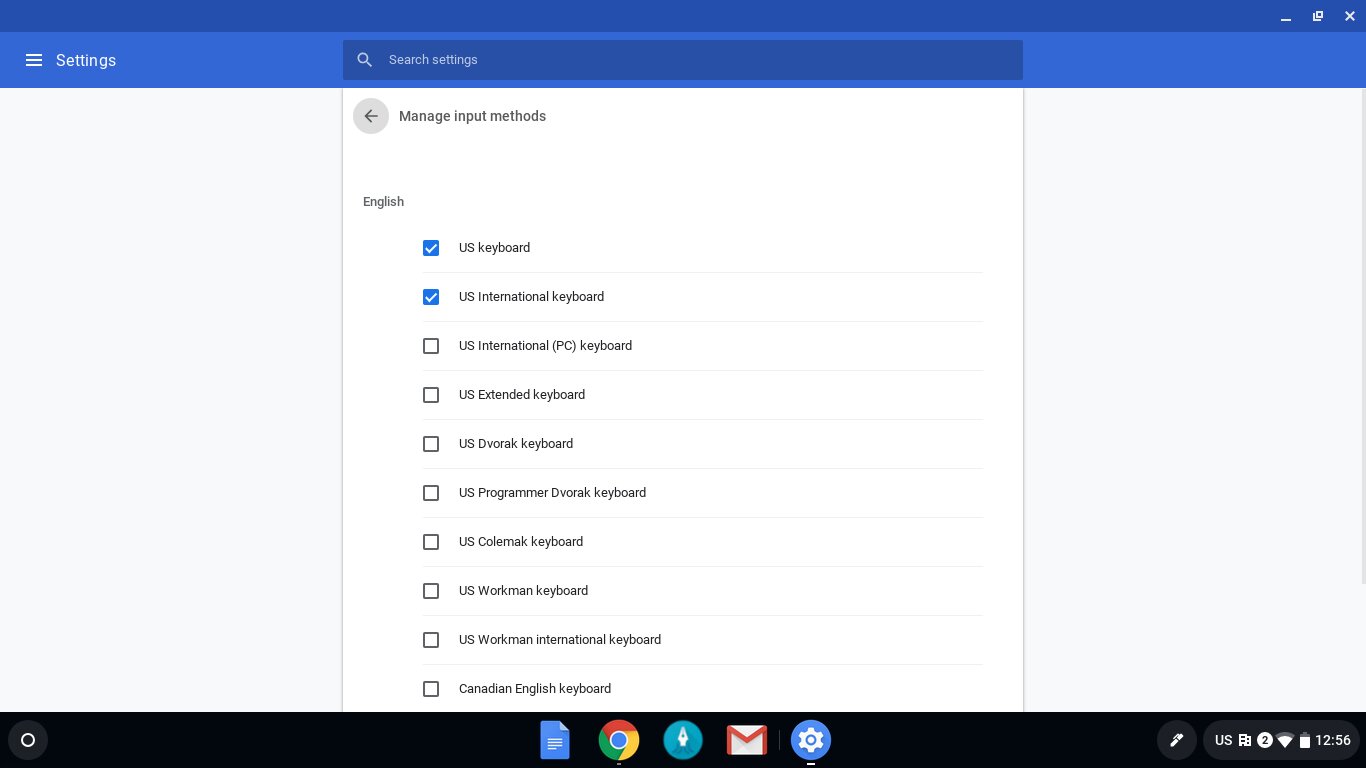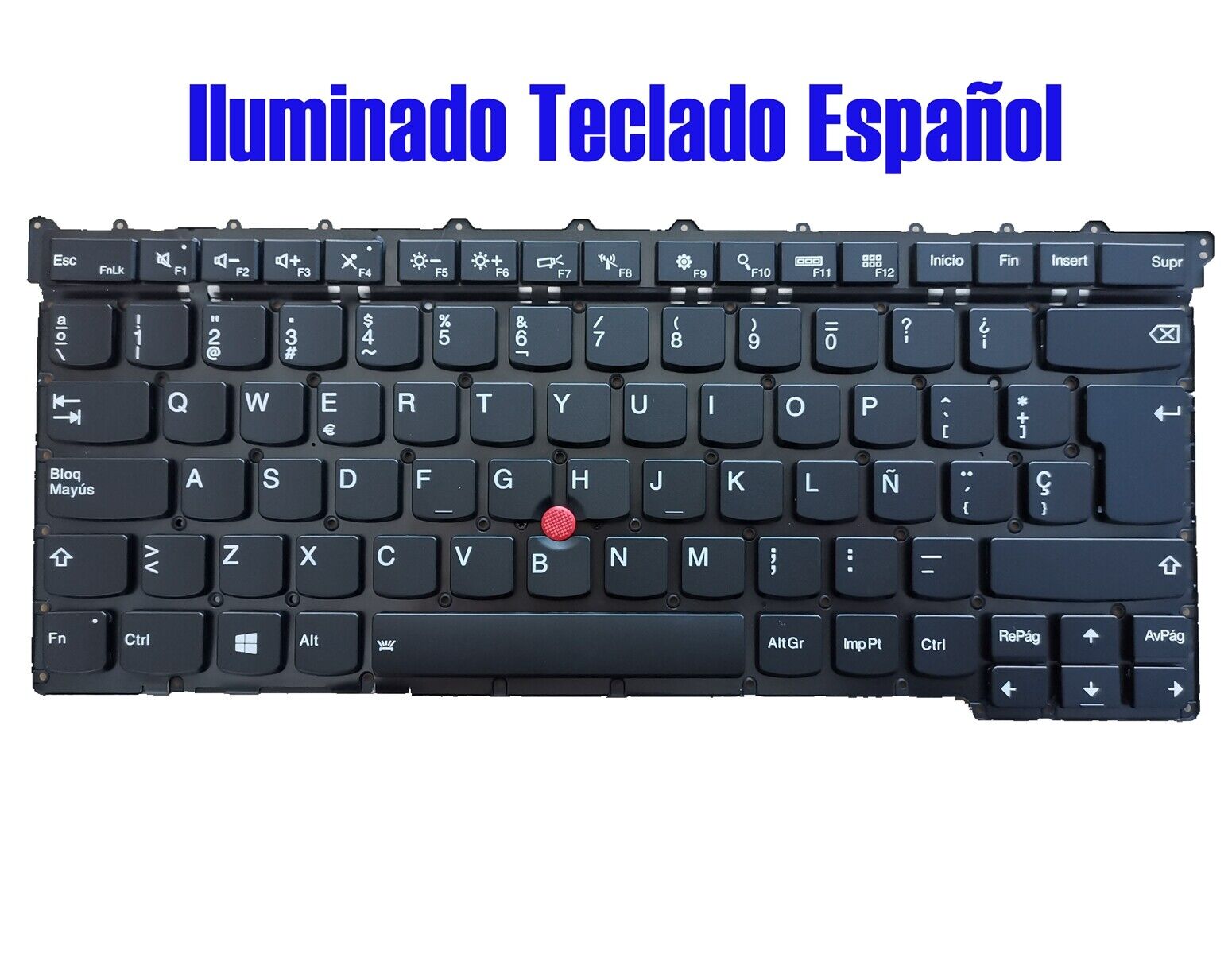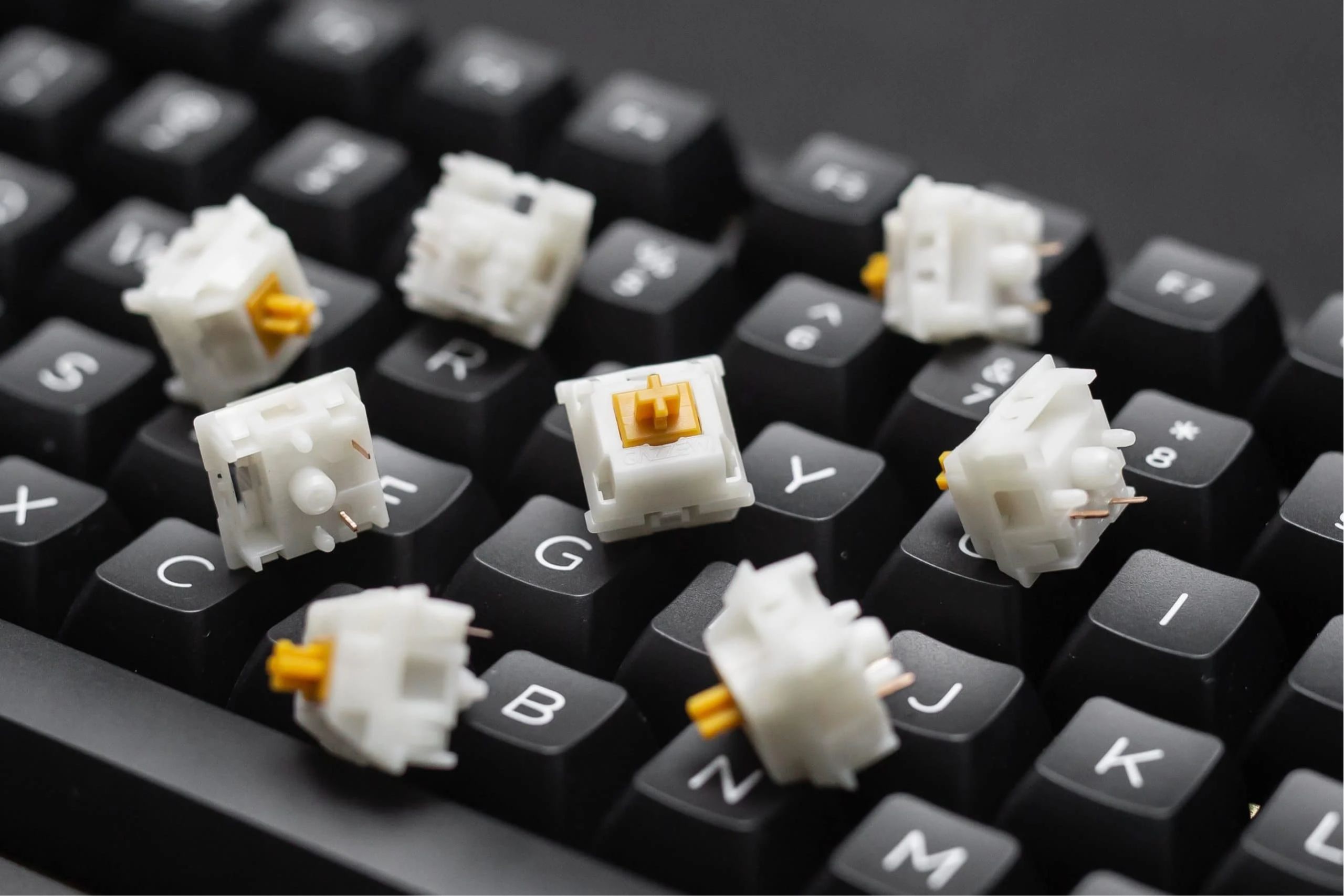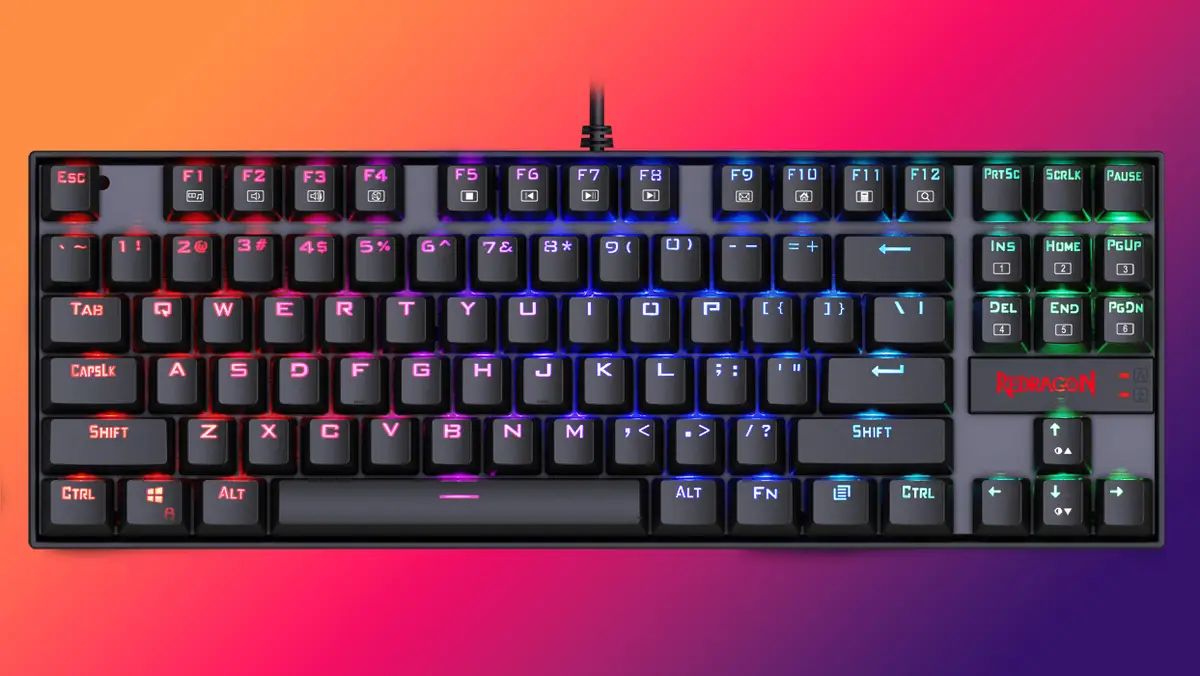Introduction
Have you ever come across a situation where you need to type the character “É” on your keyboard, but you just can’t find it? Whether you’re writing a document, sending an email, or designing a website, being able to easily access special characters is essential. Don’t worry, though! In this article, we’ll explore several different methods to help you type the character “É” effortlessly on your keyboard.
Special characters like É, also known as accented characters, are commonly used in several languages, including French, Spanish, and Portuguese. While they may not be readily available on your keyboard, there are various techniques you can employ to type these characters without any hassle.
In the following sections, we’ll explore five different options for typing the character “É” on your keyboard. Each method offers its own advantages, so feel free to choose the one that suits your needs and preferences:
Option 1: Using Keyboard Shortcuts
One of the quickest and simplest ways to type the character “É” is by using keyboard shortcuts. Keyboard shortcuts allow you to enter specific characters by pressing a combination of keys simultaneously. Here’s how you can use keyboard shortcuts to type “É”:
- Make sure your Num Lock is enabled.
- Hold down the Alt key on your keyboard.
- Enter the numeric code for the letter “É” using the numeric keypad.
- Release the Alt key.
The numeric code for “É” is 144. Therefore, while holding down the Alt key, press 1, 4, 4 on the numeric keypad, and then release the Alt key. The “É” character will appear wherever your cursor is placed.
It’s important to note that this method works specifically for Windows-based systems. If you’re using a Mac, the process may differ slightly. You can try holding down the Option key and pressing the E key, followed by typing the letter “E” to get the accented “É”.
Using keyboard shortcuts can save you time and effort, especially if you frequently need to type accented characters like “É”. However, if this method doesn’t work for you or you’re using a different operating system, don’t worry! There are alternative methods that you can explore in the following sections.
Option 2: Using the Character Map
If the keyboard shortcut method doesn’t work for you or if you prefer a visual approach, using the Character Map can be a great alternative. The Character Map is a built-in tool in Windows that allows you to view and insert special characters into your text documents. Here’s how you can use the Character Map to type “É”:
- Open the Character Map by clicking on the Start menu, selecting “Windows Accessories,” and then choosing “Character Map.”
- In the Character Map window, ensure that the “Arial” font is selected (or choose a font of your preference).
- Scroll down or use the search bar to locate the “É” character in the character list.
- Click on the “É” character to select it.
- Click the “Copy” button to copy the character to your clipboard.
- Paste the character into your desired text document or application by pressing Ctrl + V.
Using the Character Map provides a visual representation of special characters, making it easier to locate and insert characters like “É” into your text. This method is particularly helpful if you don’t have a numeric keypad or if the keyboard shortcuts don’t work on your system.
It’s important to note that the availability and functionality of the Character Map may vary depending on your operating system. If you’re using a different operating system or device, such as a Mac or a smartphone, you can explore alternative methods to type the character “É” effectively.
Option 3: Using the Alt Key and Numeric Codes
If you’re using a Windows-based system and the keyboard shortcuts mentioned earlier don’t work for you, another method you can try is using the Alt key and numeric codes. This method is similar to the keyboard shortcut method but requires using the numeric keypad on your keyboard.
Here’s how you can type “É” using the Alt key and numeric codes:
- Make sure your Num Lock is enabled.
- Hold down the Alt key on your keyboard.
- While holding the Alt key, enter the numeric code for the letter “É” using the numeric keypad, which is 144.
- Release the Alt key.
Once you’ve followed these steps, the accented “É” character will appear wherever your cursor is placed.
It’s essential to note that this method may not work on all keyboards or operating systems. If you’re using a different system, or if the Alt key method doesn’t work for you, consider exploring alternative options such as the Character Map or keyboard shortcuts specific to your system.
Remember, practice makes perfect! The more you familiarize yourself with these keyboard shortcuts and methods, the easier and quicker it will become to type special characters like “É” effortlessly.
Option 4: Using AutoCorrect or Text Replacement
If you find yourself frequently needing to type the character “É” in your documents or messages, using auto-correct or text replacement features can save you time and effort. This method allows you to create shortcuts that will automatically be replaced with the desired character.
Here’s how you can set up auto-correct or text replacement to type “É” effortlessly:
- Open the settings or preferences of the application you’re using (e.g., Microsoft Word, Google Docs, messaging app).
- Look for the auto-correct or text replacement feature within the settings.
- Create a new entry where the typed shortcut triggers the replacement of the shortcut with the character “É”. For example, you can set up a shortcut like “e'” to automatically expand to “É”.
- Save the changes and close the settings.
From now on, whenever you type the designated shortcut (e.g., “e'”), the system will automatically replace it with the accented “É” character. This method works across various applications and platforms, making it a convenient option to access special characters.
Keep in mind that the settings and terminology may vary depending on the application or device you’re using. If you’re unsure how to set up auto-correct or text replacement, refer to the application’s documentation or search for specific instructions tailored to your system.
This method is particularly useful for individuals who frequently type documents or messages in which the character “É” is commonly used. It provides a streamlined approach to access the character without having to memorize complex keyboard shortcuts or search for it in character maps.
Option 5: Using the On-Screen Keyboard
If you don’t have access to a physical keyboard or prefer a more visual method, using the on-screen keyboard can be an effective way to type the character “É”. The on-screen keyboard is a virtual keyboard that appears on your screen and allows you to input characters using your mouse or touchscreen.
Here’s how you can utilize the on-screen keyboard to type “É”:
- Open the on-screen keyboard on your computer. The process may vary depending on your operating system, but you can typically find it in the Accessibility settings or by searching for “on-screen keyboard” in the Start menu.
- Select the desired language or keyboard layout that includes the “É” character.
- Locate the “É” key on the on-screen keyboard.
- Click or tap on the “É” key to input the character wherever your cursor is placed.
The on-screen keyboard provides a visual representation of all the available characters, making it easy to find and input special characters like “É”. This method is particularly beneficial if you’re using a touchscreen device or have difficulty typing on a physical keyboard.
It’s worth noting that the on-screen keyboard may have different layouts and functionalities depending on your operating system and device. Some on-screen keyboards include additional features, such as predictive text or swipe typing, which can further enhance your typing experience.
If you find yourself needing to type special characters frequently, consider adding the on-screen keyboard to your taskbar or creating a shortcut for quick access.
By utilizing the on-screen keyboard, you can conveniently type the character “É” and other special characters without the need for a physical keyboard.
Conclusion
Accented characters, such as “É,” can add a touch of elegance and precision to your writing. While they may not be readily available on your keyboard, there are several methods you can employ to type these special characters effortlessly.
In this article, we explored five different options for typing the character “É” on your keyboard. By using keyboard shortcuts, you can quickly input the character using a combination of keys. The Character Map allows for visual selection and insertion of special characters. The Alt key and numeric codes method provides an alternative for Windows users. Auto-correct or text replacement can be set up to automatically replace specific shortcuts with the desired character. Finally, the on-screen keyboard offers a visual and tactile approach for typing special characters.
Remember, the availability and functionality of these methods may vary depending on your operating system and device. It’s essential to explore and determine which method works best for your specific needs.
Whether you’re writing a document, composing an email, or designing a website, having the ability to type special characters like “É” is valuable. These characters hold cultural and linguistic significance and can enhance the accuracy and authenticity of your communication.
Take the time to familiarize yourself with these methods and practice using them regularly. With a little practice, typing accented characters will become second nature to you.
So, don’t let the absence of a dedicated key on your keyboard hold you back. Use these methods to type the character “É” and embrace the versatility of expressing yourself in different languages and writing styles.







